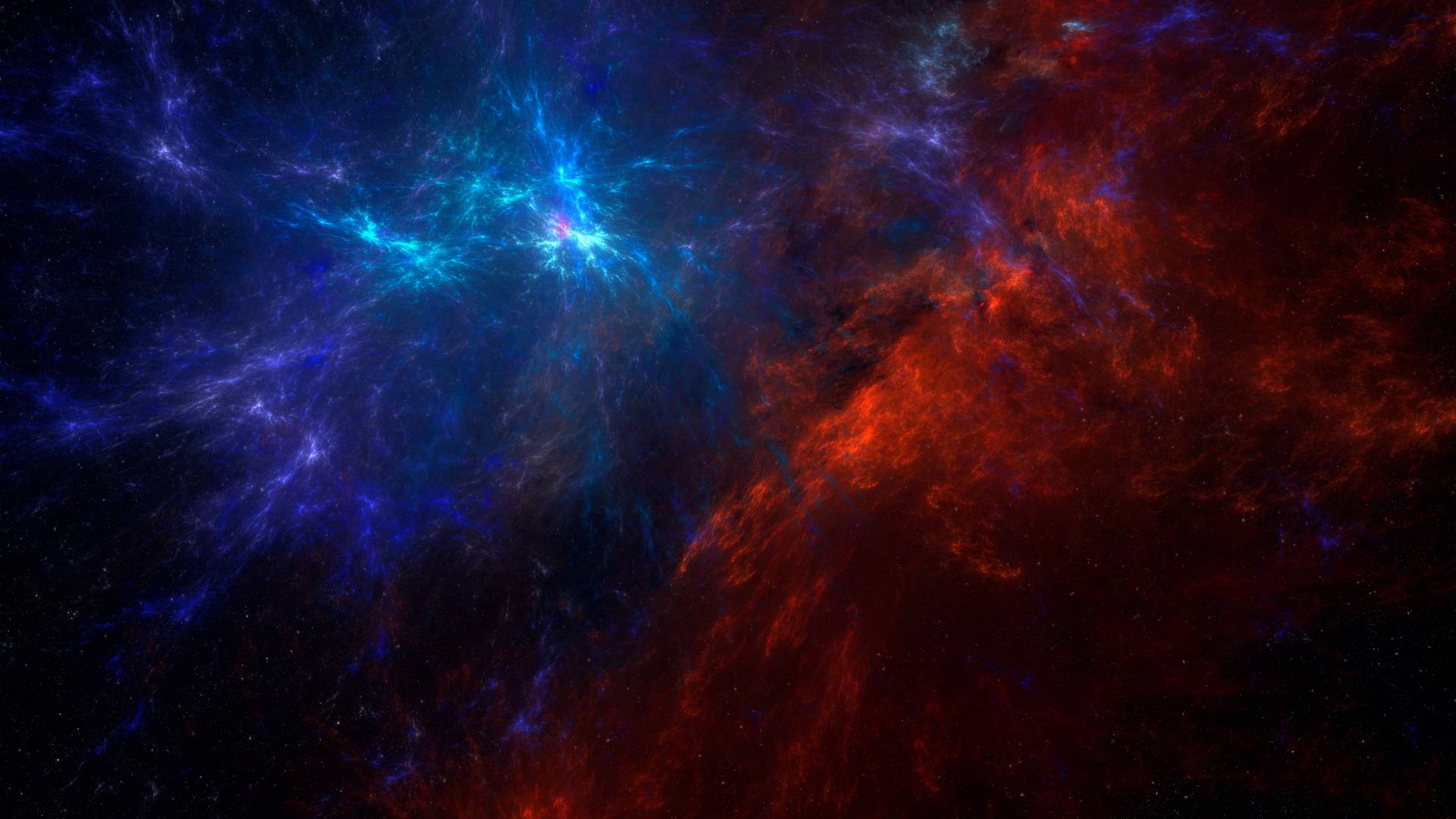In the vast cosmic expanse, where stars twinkle and galaxies swirl, the Hubble Space Telescope stands as a testament to human ingenuity and the unquenchable thirst for understanding the cosmos. The deployment of the Hubble Space Telescope in 1990 marked a pivotal moment in the history of space exploration, opening a window to the universe and forever changing our perception of the cosmos. stay with Spaceyv.
A Visionary Observatory Takes Flight of Hubble Space Telescope
Space Shuttle Discovery’s Mission:
- On April 24, 1990, the Space Shuttle Discovery embarked on STS-31, a historic mission to deploy the Hubble Space Telescope (HST) into orbit around Earth.
The Payload:
- Secured within the shuttle’s payload bay, Hubble was cocooned in a protective structure, awaiting its moment to unfurl its golden wings and peer into the cosmic expanse.

Precise Orchestration
The Delicate Ballet of Deployment:
- Deployment was a meticulously orchestrated ballet in the microgravity of space. A series of precise maneuvers unfolded as the shuttle released the telescope, allowing it to gracefully soar into its designated orbit.
Powering Up:
- With its solar arrays extended, Hubble began to harness the power of the Sun, ensuring a continuous source of energy for its instruments and systems.
Related Contents:
The Gateway to the Stars
Optical Precision:
- As Hubble assumed its position in low Earth orbit, it marked a new chapter in observational astronomy. Free from the distortions of Earth’s atmosphere, it promised unparalleled optical precision.
Initial Checks:
- Post-deployment, Hubble underwent a series of comprehensive checks to ensure its systems were functioning as intended. Initial tests laid the groundwork for the extraordinary observations that would follow.
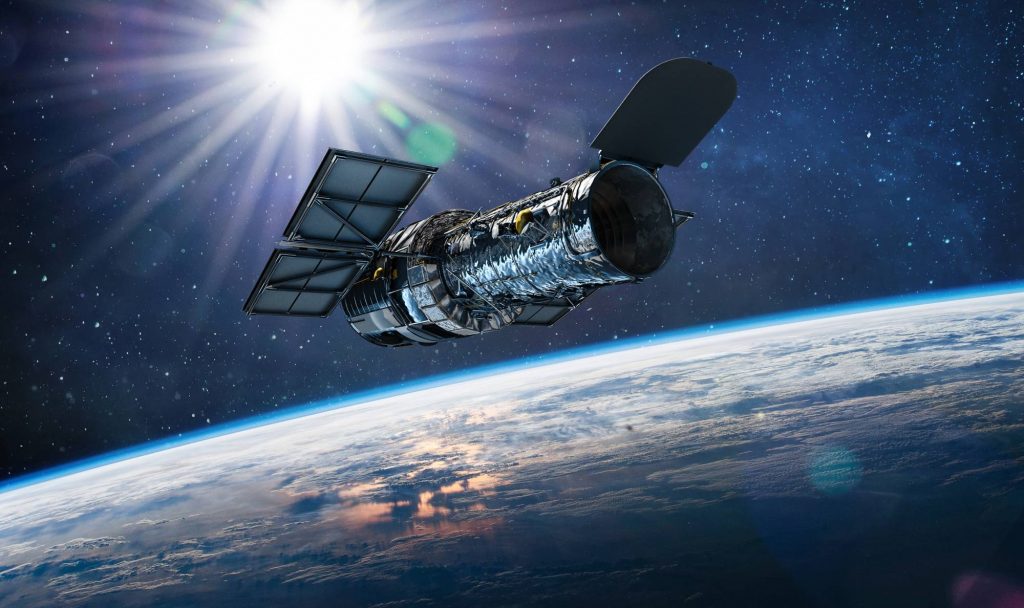
A Visionary Correction
The Hubble Vision Unveiled:
- Early excitement was tempered by the discovery of a flaw in Hubble’s primary mirror. The telescope’s initial images were not as sharp as anticipated.
Corrective Optics:
- Engineers and scientists devised a groundbreaking solution. In December 1993, astronauts aboard the space shuttle Endeavour conducted the first servicing mission, installing corrective optics to rectify the flaw.
The Cosmic Lens Opens
First Light:
- With the installation of corrective optics during the servicing mission, Hubble’s “first light” images dazzled the world. The telescope’s renewed vision delivered unprecedented clarity, revealing the cosmos in breathtaking detail.
Scientific Triumphs:
- From observing distant galaxies to capturing the birth and death of stars, Hubble’s images became beacons of scientific discovery, captivating the public and reshaping our understanding of the universe.
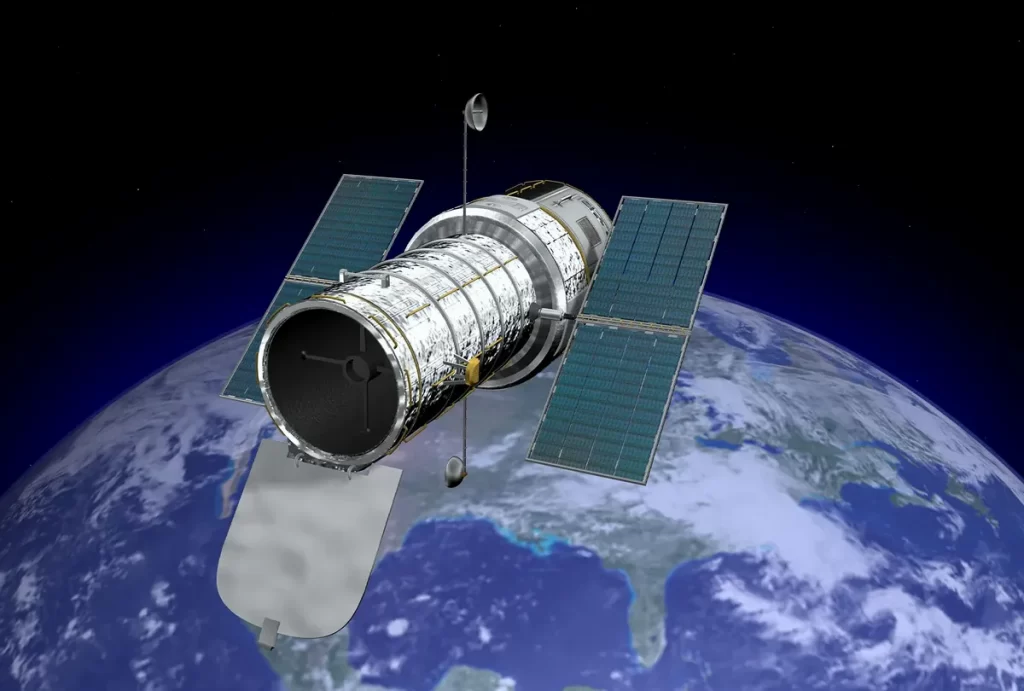
Servicing Missions: A Human Touch
Enhancements and Upgrades:
- Over the years, Hubble has been visited by astronauts during five servicing missions. Human hands performed delicate repairs, replaced instruments, and installed advanced technologies to ensure the telescope’s longevity.
Astronauts as Cosmic Mechanics:
- These daring missions, conducted by crews aboard space shuttles, transformed Hubble into a cutting-edge observatory, surpassing its original capabilities and enabling it to remain at the forefront of astronomical research.
A Continuing Odyssey
Legacy and Ongoing Exploration:
- Decades after its launch, Hubble’s legacy persists. Its orbiting odyssey continues, providing a continuous stream of scientific data and breathtaking images that inspire awe and wonder.
The James Webb Space Telescope:
- As a successor to Hubble, the James Webb Space Telescope awaits its turn to gaze into the cosmos, promising to build upon the foundation laid by Hubble and push the boundaries of our cosmic understanding.
In the silent depths of space, the launch and deployment of the Hubble Space Telescope unfolded as a human achievement that transcended the boundaries of our atmosphere. From initial challenges to triumphs, Hubble’s journey stands as a testament to human ingenuity and our unyielding quest to explore the wonders of the universe.
Orbiting Earth’s Boundaries:
- Positioned approximately 350 miles above Earth’s surface, Hubble’s unique vantage point above the distortion of the atmosphere allowed for unprecedented clarity in astronomical observations.
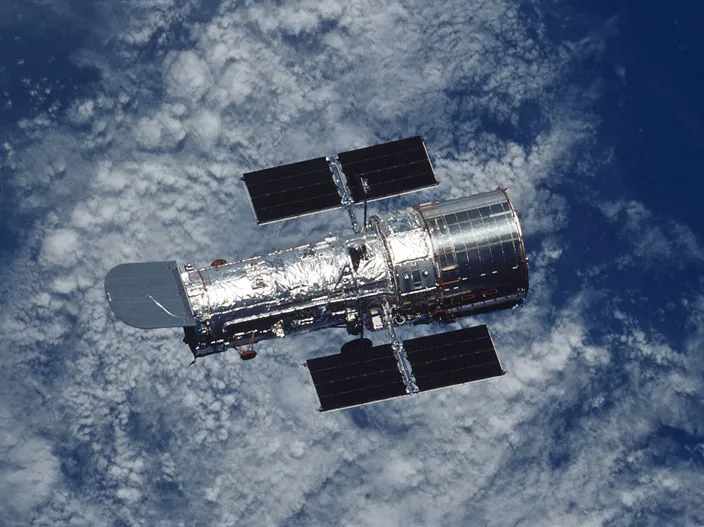
Overcoming Initial Challenges
Optical Flaw Discovery:
- Despite meticulous planning, an initial setback emerged – a flaw in Hubble’s primary mirror compromised the sharpness of its images.
- Engineers and scientists devised a solution, and a series of corrective optics were installed during the first servicing mission in 1993, transforming Hubble into the cosmic marvel it is known as today.
Unveiling the Cosmos in Unprecedented Detail
Stunning Images and Scientific Discoveries:
- Hubble’s deployment opened a new era of astronomical observations, capturing breathtaking images of distant galaxies, nebulae, and celestial phenomena with unparalleled clarity.
- Scientific breakthroughs followed, including measurements of the rate of expansion of the universe and the identification of exoplanets beyond our solar system.
Key Instruments at Work:
- Hubble’s suite of instruments, including the Wide Field Camera 3 and the Space Telescope Imaging Spectrograph, played crucial roles in unraveling the mysteries of the universe.

Servicing Missions: Ensuring Longevity
Human Hands Extend the Telescope’s Life:
- Over the years, Hubble has been serviced and upgraded by astronauts during five space shuttle missions, extending its operational life and enhancing its capabilities.
- These missions not only addressed technical issues but also introduced advanced instruments, keeping Hubble at the forefront of astronomical research.
A Timeless Icon of Discovery
Educational and Inspirational Impact:
- Hubble’s stunning imagery has not only contributed to scientific knowledge but has also become an icon of popular science, captivating the imaginations of people worldwide.
- Its images grace textbooks, documentaries, and public presentations, fostering a deeper appreciation for the beauty and complexity of the cosmos.
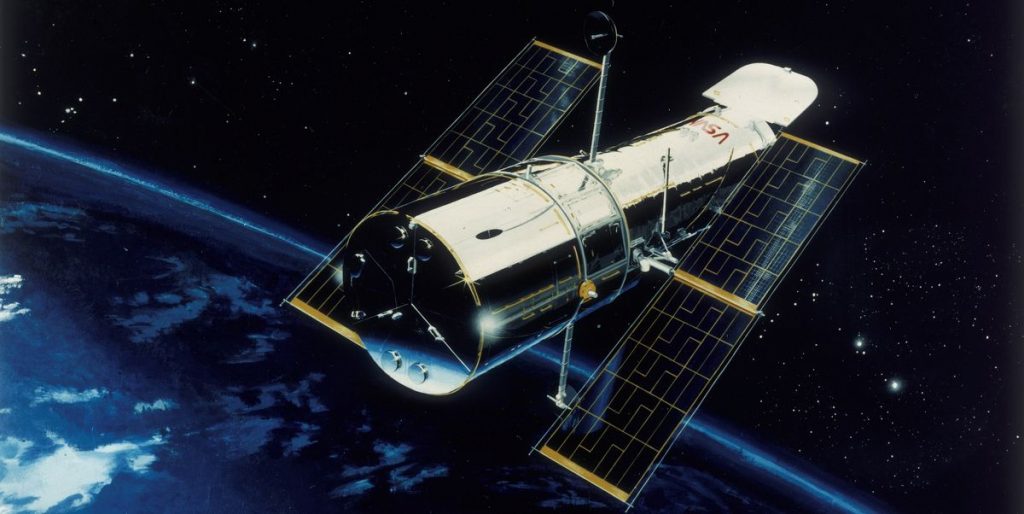
Hubble’s Enduring Legacy
Decades of Discoveries:
- As Hubble continues to orbit our planet, it remains an indispensable tool for astronomers, delivering a wealth of data that informs our understanding of the universe.
- Plans for its successor, the James Webb Space Telescope, are on the horizon, ensuring that humanity’s gaze into the cosmos will persist.
In the vast symphony of the cosmos, the Hubble Space Telescope’s deployment in 1990 was a resounding note of human achievement. Through its lens, we have glimpsed the wonders of distant galaxies and the ethereal beauty of celestial formations. The deployment of Hubble stands as a testament to our boundless curiosity and the enduring quest to unravel the secrets of the universe. thanks for staying with Spaceyv.


